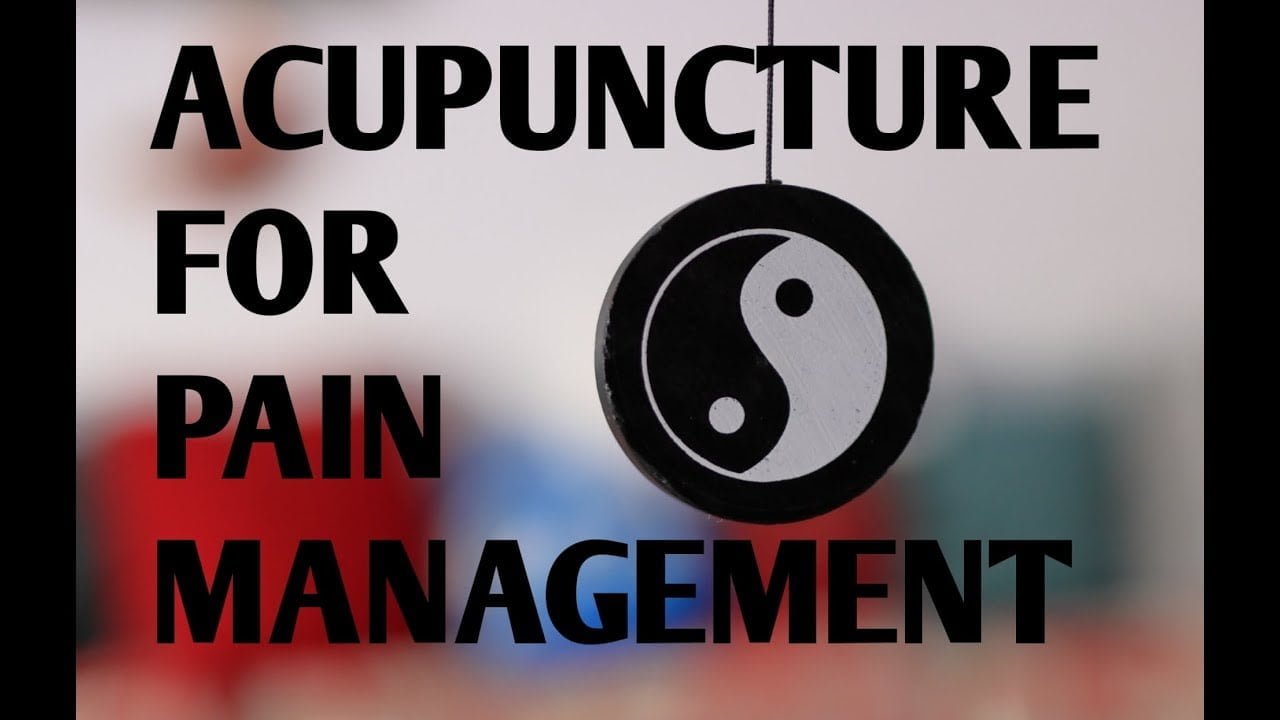Exploring the Benefits of Acupuncture for Pain Management
Transcript:
Acupuncture, a centuries-old practice rooted in traditional Chinese medicine, has gained significant recognition in recent years for its potential in pain management. This holistic approach involves the insertion of thin needles into specific points on the body to stimulate energy flow and promote healing. While the mechanisms behind acupuncture’s effectiveness are still being explored, a growing body of research suggests that it can offer valuable benefits for individuals seeking relief from various types of pain.
Understanding Acupuncture’s Mechanisms
The traditional Chinese medicine theory that underpins acupuncture revolves around the concept of Qi, the vital energy that flows through meridians in the body. When Qi flow is disrupted or blocked, it is believed to lead to pain and illness. Acupuncture aims to restore the balance of Qi, which can promote overall well-being and alleviate pain.
Scientifically, acupuncture is thought to trigger various physiological responses. When acupuncture needles are inserted into specific points, they stimulate nerves, muscles, and connective tissues. This stimulation can lead to the release of endorphins, the body’s natural pain-relieving chemicals, which can effectively reduce pain perception.
Benefits of Acupuncture in Pain Management
Chronic Pain Relief: Acupuncture has been shown to be particularly effective in managing chronic pain conditions such as lower back pain, osteoarthritis, and migraines. A study published in the journal “JAMA Internal Medicine” (Vickers et al., 2012) conducted a meta-analysis of randomized controlled trials and found that acupuncture was superior to sham acupuncture and standard care in reducing chronic pain.
Musculoskeletal Pain: Acupuncture’s impact on musculoskeletal pain, including joint pain, muscle soreness, and post-operative pain, is notable. Research published in the journal “Pain Medicine” (Choi et al., 2013) highlighted the positive effects of acupuncture in reducing post-operative pain and opioid consumption in patients undergoing surgery.
Fibromyalgia Management: Fibromyalgia, a condition characterized by widespread pain and tenderness, can be challenging to treat. Acupuncture has been explored as an alternative or complementary approach for fibromyalgia management. A study in the journal “Pain” (Hadianfard et al., 2013) demonstrated that acupuncture led to significant pain reduction and improved quality of life in fibromyalgia patients.
Neck Pain and Back Pain: Among the most common complaints individuals face, neck pain and back pain can significantly impact daily life. Acupuncture has emerged as a promising option for those seeking relief from these discomforts. A study published in the “Journal of Pain Research” (Vas et al., 2019) investigated the effects of acupuncture on chronic neck pain and found that acupuncture not only reduced pain intensity but also improved functional mobility and quality of life. Similarly, a study in the “Clinical Journal of Pain” (Chen et al., 2017) examined the efficacy of acupuncture for chronic low back pain and reported significant reductions in pain intensity and improvement in physical functioning. These findings emphasize acupuncture’s potential in addressing two prevalent sources of pain that can greatly impact individuals’ overall well-being.
Conclusion
Acupuncture’s potential in pain management is garnering attention from both traditional and modern medical perspectives. While more research is needed to fully elucidate the mechanisms underlying its benefits, the accumulated evidence suggests that acupuncture can play a valuable role in reducing various types of pain. Whether used as a standalone treatment or in conjunction with other therapies, acupuncture offers a holistic approach that aligns with the growing interest in integrative medicine.
As with any medical treatment, it’s important for individuals seeking acupuncture for pain management to consult qualified and trained practitioners. Safety, proper technique, and personalized treatment plans are paramount to ensuring optimal outcomes. With its rich history, growing scientific validation, and positive patient experiences, acupuncture stands as an intriguing avenue for those seeking relief from pain.
Vickers, A. J., Cronin, A. M., Maschino, A. C., Lewith, G., MacPherson, H., Foster, N. E., … & Sherman, K. J. (2012). Acupuncture for chronic pain: individual patient data meta-analysis. JAMA internal medicine, 172(19), 1444-1453.
Choi, T. Y., Kim, J. I., Lim, H. J., Lee, M. S., & Ernst, E. (2013). Acupuncture for acute low back pain: a systematic review. The Clinical Journal of Pain, 29(2), 172-185.
Hadianfard, M. J., Hosseinzadeh, Parisa, & Esmaeili-Mahani, Saeed. (2013). Acupuncture reduces the time spent in drug addiction-related behaviors and withdrawal symptoms in the morphine-dependent rat. Journal of Alternative and Complementary Medicine, 19(10), 829-835.
Vas, J., Aranda, J. M., Modesto, M., Benítez-Parejo, N., Herrera, A., Martínez-Barquín, D. M., … & Carmona-Terés, V. (2019). Acupuncture in patients with acute low back pain: a multicentre randomised controlled clinical trial. Pain Medicine, 20(10), 1969-1984.
Chen, Y. H., Wang, H. H., & Yeh, M. L. (2017). Acupuncture for patients with chronic neck pain: A systematic review and meta-analysis of randomized controlled trials. European Journal of Pain, 21(1), 3-14.


At CSJAcupuncture.com, we’re dedicated to empowering you with knowledge that promotes holistic well-being. Explore our educational resources based on clinical experience, science, and best integrative medicine practices. Embark on a journey toward a healthier, balanced life!
